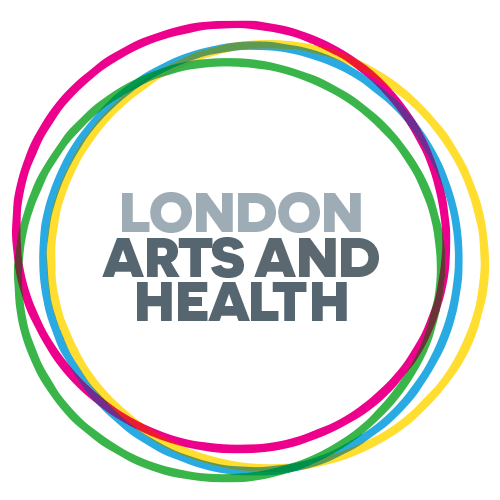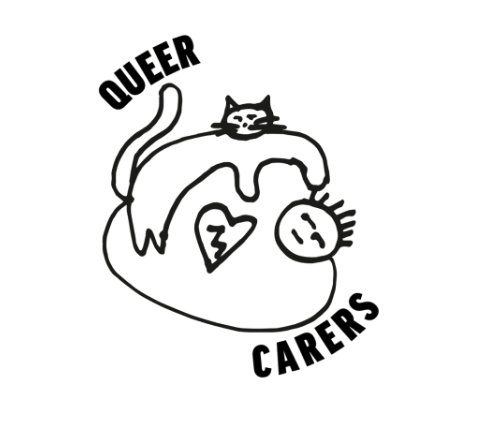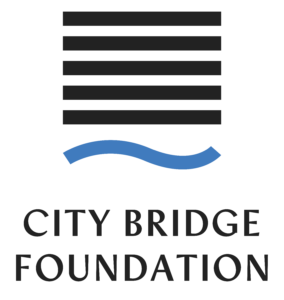From our friends at QueerCircle a new programme of monthly events and online support forums…
The arts in Public Health Policy: Progress and Opportunities
There is a growing body of evidence indicating the arts have a role to play in promoting good health and preventing and managing illness. WHO has called for governments to take an intersectoral approach, both within and across traditional areas of policy, to realise the potential of the arts for public health. To explore what global progress is being made towards this aim, we present examples of arts and health policy development from diverse government areas: health, arts, local governments, and cross government. These examples, which have been selected from a scoping review of 172 relevant global policy documents, indicate that many health and arts policy makers view the relationship between arts engagement and improved health in quite general terms, although some are investing in more targeted applications of the arts to address specific public health issues. The most promising and concrete commitments are happening when health and arts ministries or agencies work together on policy development.
Introduction
Over the past decade, there has been increasing interest from researchers, health practitioners, artists, and policy makers in the role of the arts in addressing some of our most pressing public health challenges. In 2019, WHO’s Health Evidence Network released a landmark scoping review of over 3000 research studies that explore the effect of the arts (including participating in performing arts, visual arts, and literature and engaging with culture and heritage) on health and wellbeing.
These studies included experimental research highlighting the effect of arts interventions targeted at different clinical needs (eg, mental illness, neurodevelopmental and neurological disorders, non-communicable diseases, acute conditions requiring hospital care, and end-of-life care), and observational studies of cohort data showing population-level associations between arts engagement and reduced incidence of ill-health (including depression, chronic disease, and age-related decline). Overall, the review concluded that the arts could have key roles to play in the prevention of ill health, the promotion of good health, and the management and treatment of a range of different conditions. This area, often broadly referred to as arts and health, can include arts and cultural activities undertaken in everyday life (not for a health purpose but having a secondary benefit for health) or within bespoke arts programmes designed with targeted health or wellbeing goals, or therapeutic arts programmes delivered by trained arts therapists.
But how might public health leaders and policy makers realise this potential?
With rapid social change and societal uncertainty, brought on by events such as the COVID-19 pandemic, public health leaders are seeing an ever-increasing need for interventions that address health inequalities, mental illness, loneliness, and isolation. The evidence indicates that these are areas where arts and culture can have a positive effect.
,
The WHO regional office for Europe, in a brief for the Health 2020 policy framework, described the arts as “often low-risk, highly cost-effective, integrated and holistic treatment options for complex health challenges”.
To unlock this potential, WHO advocates for an intersectoral approach, arguing that “stronger pathways between the arts, health and social care can provide creative solutions to help to achieve the Health 2020 targets and the Sustainable Development Goals”.
WHO recommends that action is targeted towards ensuring equity of access to arts and culture, training for health and arts practitioners, and identifying specific public health areas for collaboration.
However, it is unclear what progress is being made towards these goals globally. In this Health Policy, we highlight promising examples of arts and health policy developments from across different government areas (arts and culture, health, cross government, local governments, and between governments), and explore what these policy documents reveal about how international policy makers are approaching this topic and where there are opportunities for policy growth and development.
Examples of promising policy developments
Central or state government: arts and culture policies
WHO recommends that arts and cultural policy makers ensure equal, accessible arts engagement opportunities for all their citizens and explicitly recognise the relationship between good cultural provision and population health benefits.
In many of the documents we found, this recommendation is being promoted, with several making general reference to health and wellbeing as a perceived benefit of arts and culture provision.
Some policy documents list more specific (although still fairly broad) public health benefits of the arts—most commonly to mental health, healthy ageing, or reduced social isolation—and a handful of policies also recognise a clear role for arts and culture in supporting population mental health and economic recovery from the COVID-19 pandemic.
A few documents make commitments to health-focused work in particular settings, such as the National Arts Council Singapore’s Arts Strategy for 2018–2022 that pledges to “bring the arts to under-reached communities in places such as hospitals and nursing homes”.







